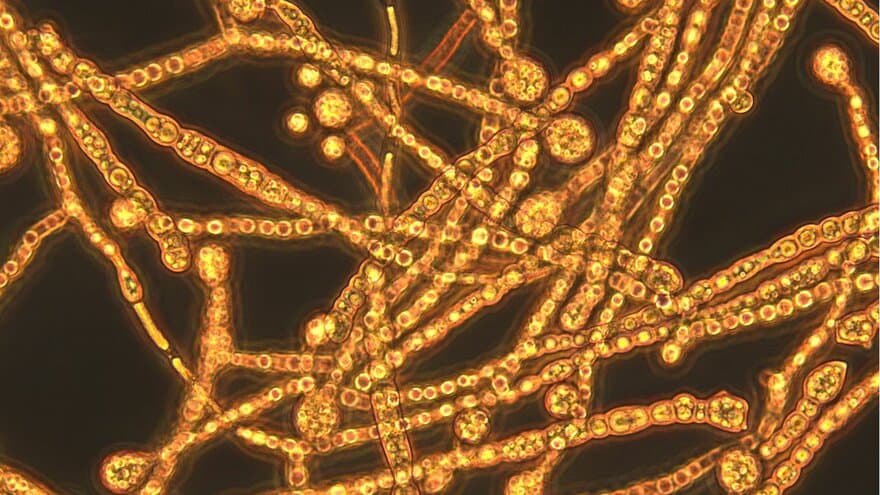The thesis of Simona Dzurendova identified the best fungal strains and growth conditions for co-production of lipids, chitin/chitosan and other valuable compounds and demonstrated use of vibrational spectroscopy approach in monitoring of fungal biorefineries.
The main aim of the PhD work was to develop a process for microbial lipid production by using oleaginous microorganisms- filamentous fungi. The fungal lipids can be of low and high value and have similar composition to vegetable or fish oils. Fungal lipids can be used as biofuels or food and feed ingredients. The ultimate goal of our work within the Bio4Fuels project is to utilize lignocellulose hydrolysates based on Norwegian forestry residues as a feedstock for fermentation of oleaginous fungi. Such bioproduction has a high cost and so an additional product with high value is needed to make fungal oil production economically feasible. Therefore, we suggested a co-production concept when other high-value components are produced simultaneously with lipids in a single fermentation process.
Fortunately, fungal cell wall contains valuable biopolymers- chitin and chitosan. These biopolymers can be applicable in food, feed, waste water treatment, agriculture and medical industries. In addition, fungal cells can accumulate relatively high amounts of polyphosphates. Polyphosphate accumulation by fungi can contribute to the phosphorus recovery from the lignocellulose fermentation substrate. Oleaginous fungi biomass can be used as a whole for example for fish or animal feed, or pet food. Alternatively, it can be fractionated into separate chemical components for different applications.
Optimizing substrates’ chemistry is important for obtaining adequate biomass and products yields. Therefore, a lot of different media compositions and fungal strains were screened in high throughput setup in the PhD study in order to uncover the co-production capacity of the oleaginous fungi.
We have identified the best candidates of oleaginous Mucoromycota fungi, that are very promising for the co-production and can co-produce lipids, chitin/chitosan, polyphosphates and carotenoid pigments in a single process. We have also identified the key components of the media which are important for optimizing co-production of lipids and other valuable metabolites such as chitin/chitosan and polyphosphate. The results of the PhD work also shed light on the polyphosphate accumulation triggering conditions. The PhD study provided the groundwork for the upscale of fungal fermentation with the aim to co-produce the lipids and biopolymers with high yields.
